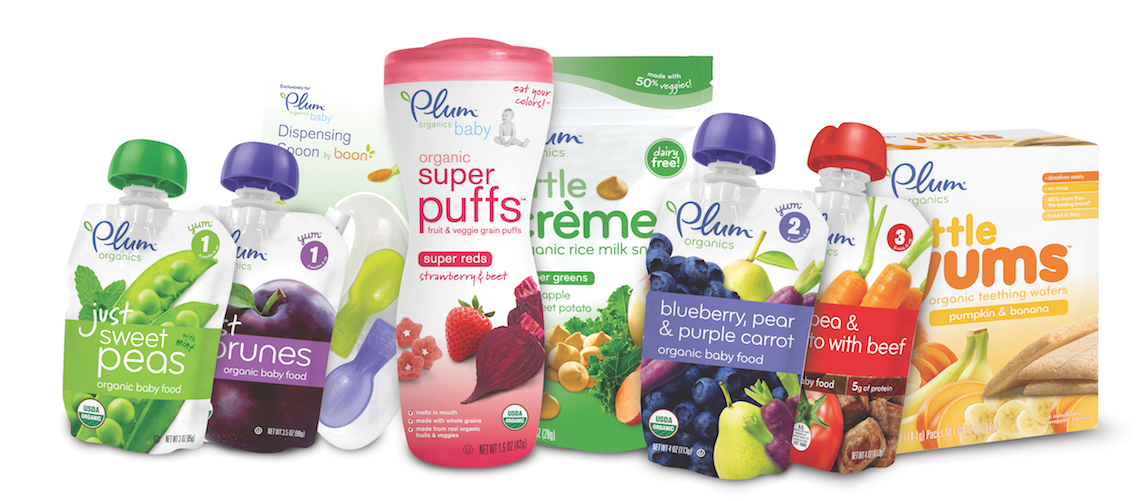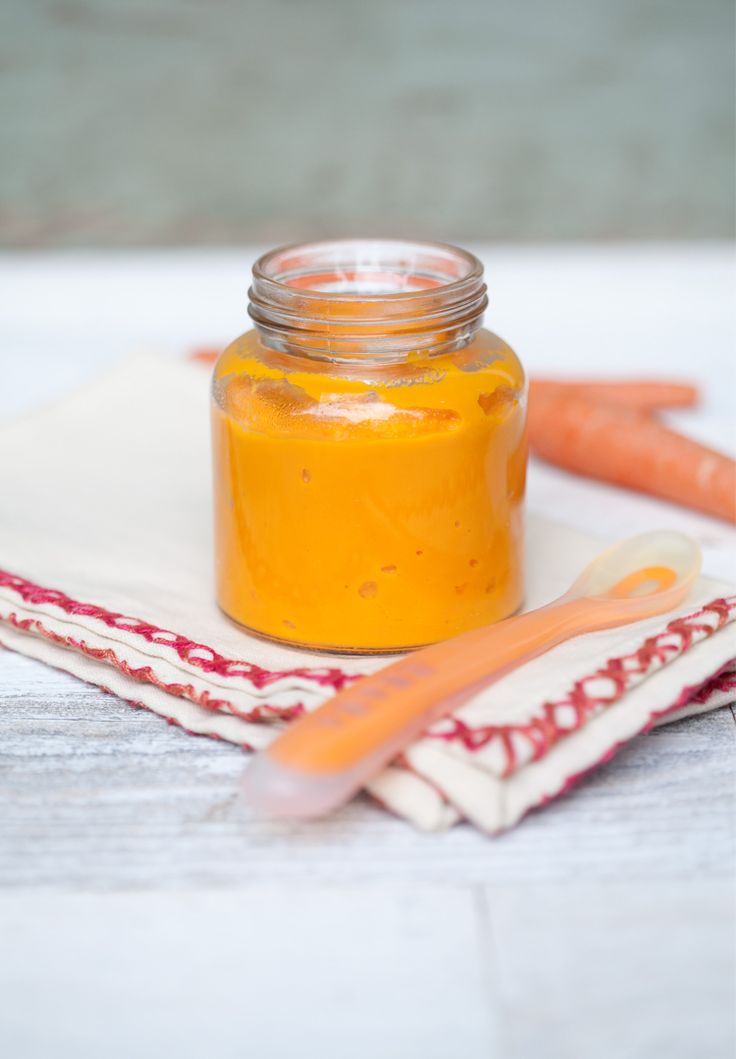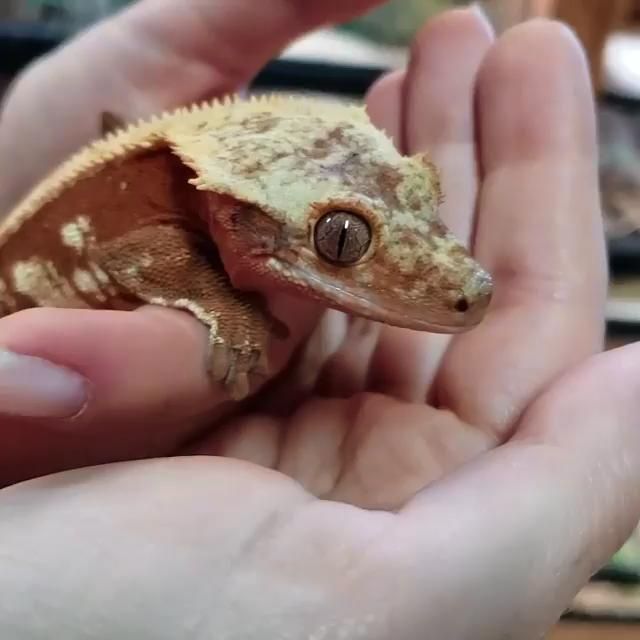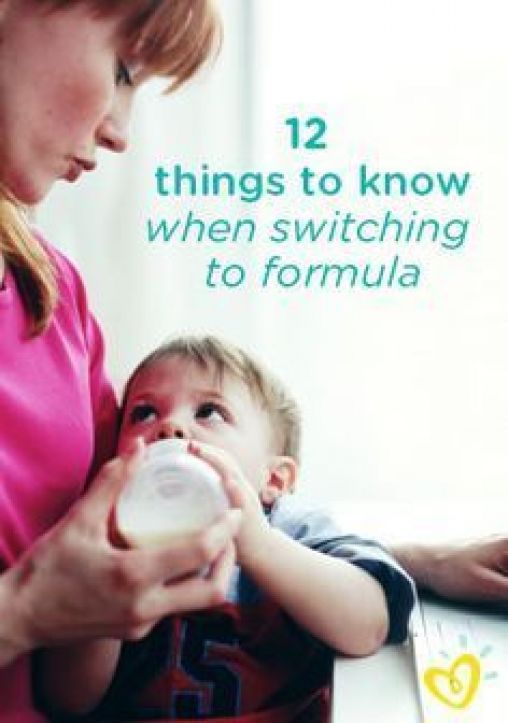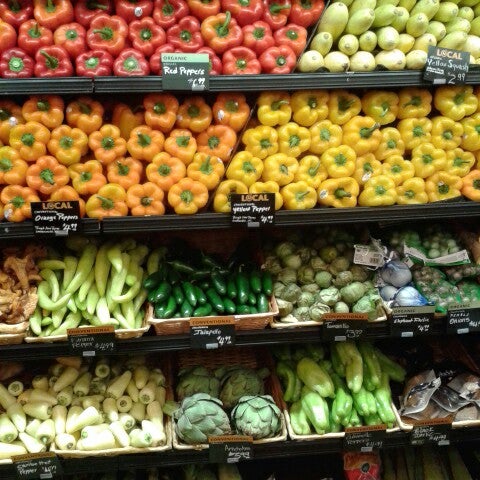What to feed a baby painted turtle you found
12 Things Baby Painted Turtles Like to Eat Most (Diet, Care & Feeding Tips)
The baby painted turtles get tough love from their mother – after she lays her eggs, she provides no care for the hatchlings.
When the babies come out of the nest, which is typically at night, they are left alone to find water and survive.
Let’s discuss how the baby painted turtles do that, along with some basic information about the species.
Table of Contents
- Habits and Biology of the Baby Painted Turtle
- Do Baby Painted Turtles Eat Dirt?
- What Do Baby Painted Turtles Like to Eat Most?
- Tips to Feed Baby painted turtles
- Foods Baby or Adult Painted Turtles Should Avoid
- FAQs
- Summary
Habits and Biology of the Baby Painted Turtle
These species are mainly found along the coasts from the Atlantic to the Pacific. They can be found in 45 American states and 18 Canadian states.
Painted turtles like to dwell in fresh water and can be found in lakes, ponds, and marshy areas. They basically live a life of leisure, basking in the sun for five or six hours daily. When they are not sunbathing, they eat.
There are four subspecies of the Painted Turtle:
- Eastern Painted Turtle
- Midland Painted Turtle
- Southern Painted Turtle
- Western Painted Turtle
Size
The female painted turtle is longer in body size than their male counterparts. The female varies in size between four and ten inches in size, and the males are three to six inches.
Body
Under the hard external shell of the turtle is soft, fleshy skin.
Coloration
The shells are typically olive or black in color. The skin of the turtle depends on the color of the shell. The lower portion of the shell is red or yellow, while the middle part of the shell is dark-colored.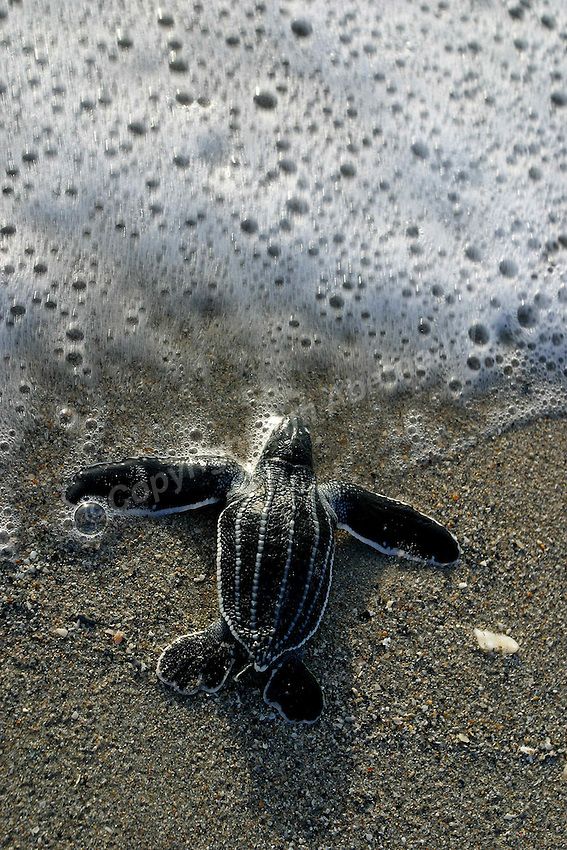 The neck, legs, and tail are dotted with yellow and red marks.
The neck, legs, and tail are dotted with yellow and red marks.
Head
The head of the painted turtle is distinctive. The face has yellow stripes, with a large yellow spot and streak behind each eye, and on the chin, it has two wide yellow stripes that meet at the tip of the jaw.
Sexual Dimorphism
The male of the species is the one with long, pretty nails. They touch the cheeks of their partners to express love. This species mate from mid-April to the end of July. When they are prepared to mate, they swim to the bottom of the water. The females lay four to 20 eggs out in the open.
Even though painted turtles are in water most of the time, the female turtles are amniotes, meaning they lay their eggs on land. They like their nests to dug in soft, sandy soil with good sun exposure. The turtle digs the nest with her hind feet, usually within 200 meters of the water.
After hatching, the babies grow rapidly. The development of the females is faster than the males.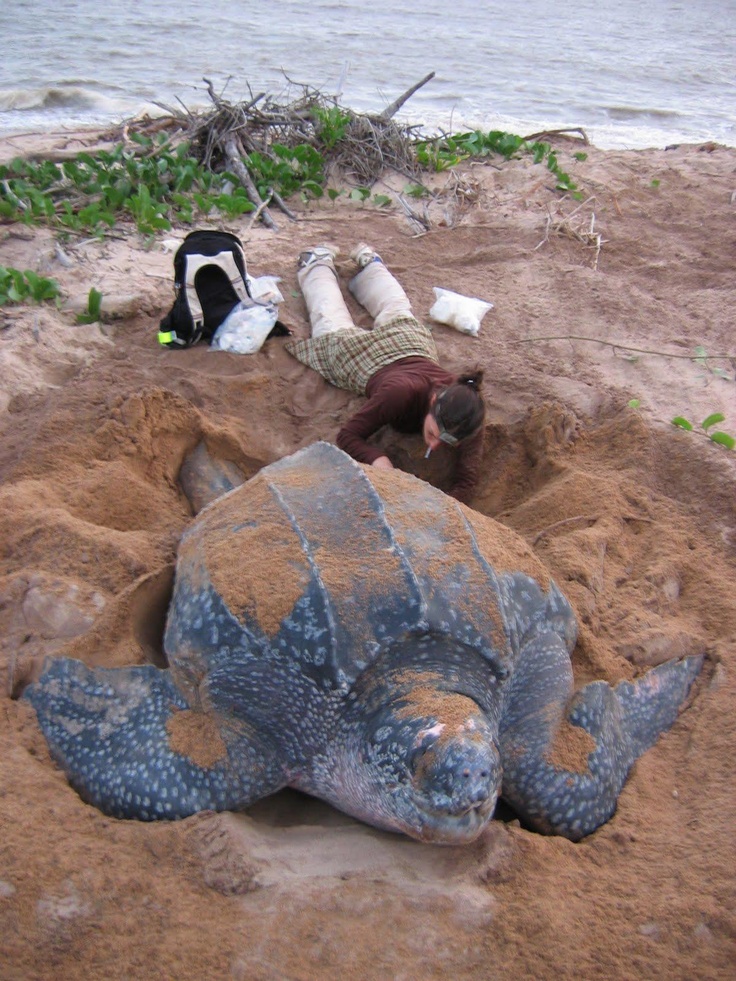 The male painted turtle reaches sexual maturity between two and four years, the female between six and ten years.
The male painted turtle reaches sexual maturity between two and four years, the female between six and ten years.
A fun fact: Painted turtles cannot move their tongues freely on the land, so they must eat in the water to manipulate their food and wash it down.
Life Span
The average life span of a painted turtle is 20 to 30 years. They have been known to live over 50, however.
Do Baby Painted Turtles Eat Dirt?
No. Baby painted turtles don’t eat dirt.
What Do Baby Painted Turtles Like to Eat Most?
Baby painted turtles have the same diet as adult painted turtles. The only difference is that babies and juveniles prefer to eat more meat than an adult turtle.
Even if they are omnivorous as a species, juveniles and babies are typically carnivorous. Even though they like plants, baby painted turtles will eat more meat because they need protein to grow faster.
Painted turtles are omnivorous, meaning they will eat fruits, vegetables, and meat. Here is a list of what a painted turtle will typically eat:
Here is a list of what a painted turtle will typically eat:
- Bugs
- Fish
- Fruits
- Insects
- Meat
- Newts
- Pellets
- Snails
- Vegetables
- Vegetation
- Water plants
- Worms
Many people enjoy keeping painted turtles as pets. Here are three foods that are rated five stars by Amazon customers that can ensure the good health of your pet.
1. Tetra ReptoMin Floating Food Sticks for Aquatic Turtles
- For aquatic turtles, frogs, and newts. Scientifically formulated for small aquatic pets.
- Has precise amounts of calcium, vitamin C, and nutrients to support vitality and good health.
- Scientifically formulated and proven to be accepted by dozens of species. Easy to digest
- Feed once or twice a day, only as much as your turtle can consume within a few minutes
2. Zoo Med Natural Aquatic Turtle Food
- No artificial preservatives or colors
- 25% protein
- For turtles over 6”
- 5/16” pellets
3.
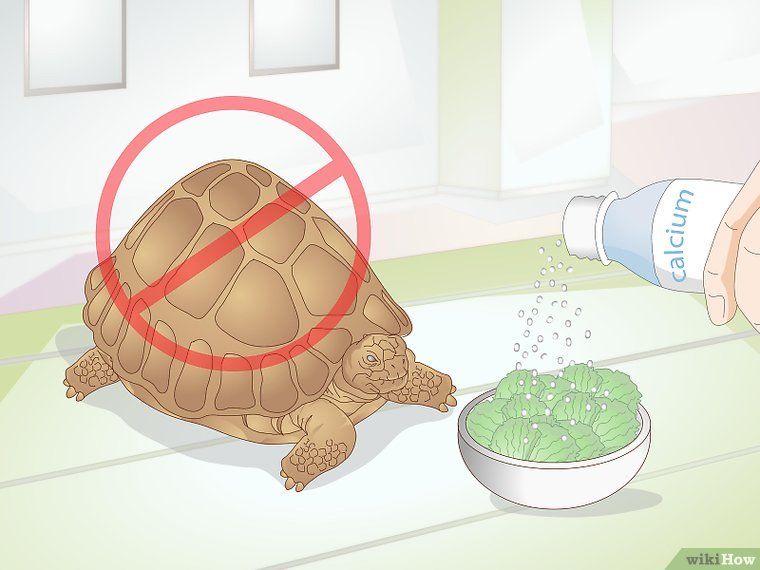 Mazuri Aquatic Turtle Diet
Mazuri Aquatic Turtle Diet- Nutritionally complete. No supplements are required.
- A floating diet that mimics natural feeding behaviors
- High quantity of fish and animal proteins. Meets the requirements of carnivorous species.
- Contains vitamin E
Tips to Feed Baby painted turtles
The best way to feed your painted turtle pet is to give it dried insects. The most popular insect you will find is dried crickets. Dried crickets are especially good for painted turtles because they have little fat and a lot of protein.
Painted turtles usually eat any kind of water plant. All aquatic plants that are available in a pet shop will be suitable for your turtle. However, they will not look good for more than a couple of days.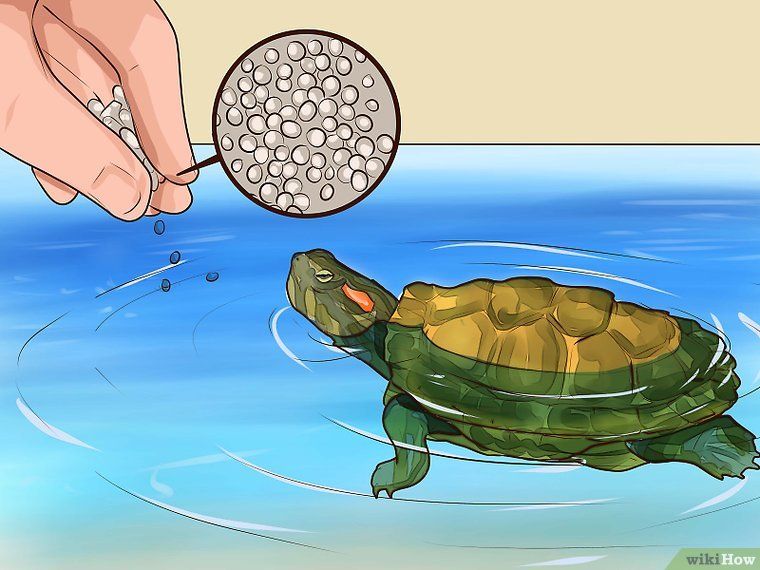
Most pellets labeled for turtles are good. Fish pellets are also good. They contain basically the same ingredients. A good pellet should contain a healthy amount of protein, usually between 25% to 30%.
In the wild, painted turtles eat the same things as pet turtles. The difference being, they won’t encounter cooked meat or food pellets in the wild. In the wild, they are limited to what they can find, not to what someone feeds them.
When it comes to meat, they will rely on small insects, fish if they can catch them, and any other kind of meat they can scavenge. The most abundant food source for painted turtles is insects and water plants.
Most ponds, lakes, and rivers are full of water plants. Insects are basically everywhere, so there is never a shortage, especially in dense vegetation areas where the painted turtles live.
If you want your baby painted turtle to grow into a healthy adult turtle, feed him a balanced diet.
Foods Baby or Adult Painted Turtles Should Avoid
Painted turtles will usually eat any fish they can catch, not caring what type it is.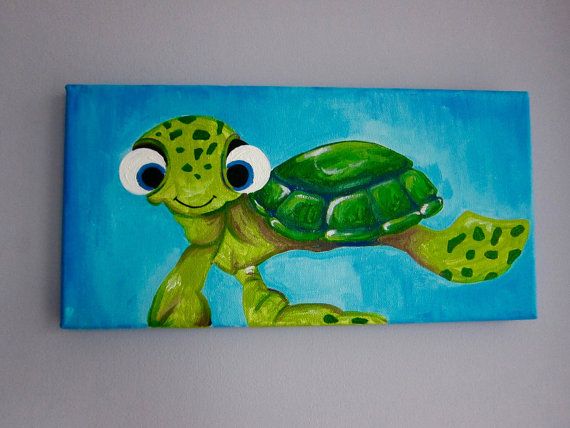 In general, they will eat small fish that are easier to catch and will not resist too much.
In general, they will eat small fish that are easier to catch and will not resist too much.
If keeping a painted turtle as a pet, keep in mind when feeding your turtle that any fish you feed them should always come from a pet store and not from a body of water. Wild fish contain bacteria that the turtle is not used to, and health problems can develop.
Here are some fish that should not be fed to your baby or adult painted turtle.
- Carp
- Feathered Minnow
- Gizzard Shad
- Goldfish
- Rosy Red Minnow
Some vegetables contain high doses of oxalates, which interfere with calcium absorption resulting in health issues. Here are some vegetables you should not feed your baby or adult painted turtle.
- Beetroot
- Chard
- Endive
- Potatoes
- Rhubarb
- Spinach
1. What is the first thing to do when considering getting a turtle for a pet?
- The first step in owning a pet turtle is understanding the great responsibility involved in taking care of a turtle.
 Turtles require a great deal of care, with basic needs to be met.
Turtles require a great deal of care, with basic needs to be met.
2. Do turtles carry germs or diseases?
- All animals carry germs. Some turtles carry the disease salmonella. There is no way of knowing which turtles carry the disease.
- Handwashing is necessary after handling them. If you have children around your turtle, make sure they do not put their hands in their mouths and ensure they wash their hands after handling.
3. Can there be more than one turtle in one tank?
- Young turtles get along well together. However, as they age, older and mature turtles can have issues due to hormones. They may begin to fight amongst themselves. If you put more than one turtle in the same tank, be sure that each one has its own hiding place. If you have a male and female together, you need to consider the possibility of breeding.
4. What needs to be done if the turtle has babies or lays eggs?
- If eggs have been laid, it is necessary to remove them from the water within a couple of hours to prevent death.
 They will die because they are being deprived of oxygen, or in other words, they will drown.
They will die because they are being deprived of oxygen, or in other words, they will drown. - When removing the eggs, ensure that the eggs remain in the same position as when they were laid. To help you remember which way is up, mark them with a magic marker.
- Next, incubate them in a box. You need equal parts of water and vermiculite, sold at garden stores. Make small impressions in the mixture and gently set the eggs in place.
5. Can turtles go into hibernation?
- Yes, a turtle can hibernate. If you choose to hibernate your turtles, only do so with the well-fed and healthy. If your turtle is sick, do not hibernate them.
- A problem can occur with hibernation if the temperature is too warm, around 60 degrees F., your turtle will not hibernate. At this temperature, it is also too cold to eat. Your turtle will lose energy and starve to death.
- If it is over 90 degrees F, they need to be kept cool, as they cannot regulate their own temperatures.
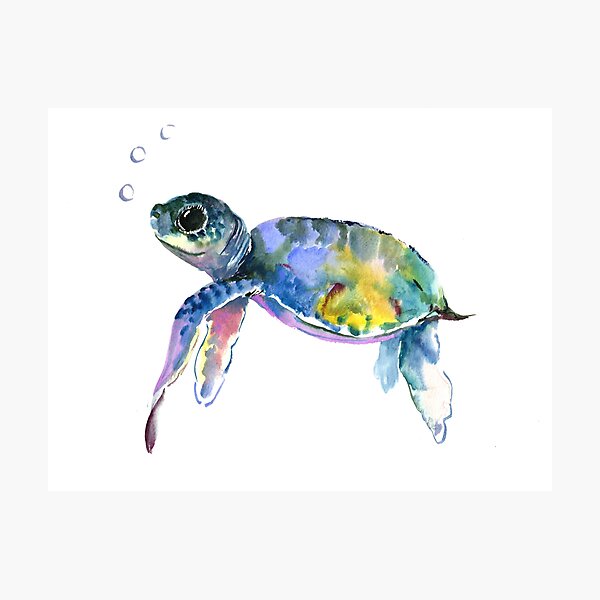 Put a thermometer in the box and check them every half hour or so.
Put a thermometer in the box and check them every half hour or so.
6. I inherited a turtle from a friend. How do I know what kind it is?
- Does your turtle have webbed feet between the toes? If it’s webbed, then it is a kind of semi-aquatic turtle or aquatic turtle.
- If the feet are not webbed, then it is a kind of land turtle. If it has flippers for front legs, it is a sea turtle.
- Does your turtle have a high, domed shell? Then it is a box turtle.
- If your turtle has a flat, unkneeled shell with black, yellow, and possible orange or red markings, it is of Chrysemys species. This includes sliders, cooters, and painted turtles.
- Is your turtle green, yellow, and black with orange or red markings on the sides of their face? It is a red-eared slider.
- Are there red crescents on the marginal scutes and yellow or red stripes on its legs? If so, it is a painted turtle.
- Does your turtle have any clawed front feet and are they webbed in the back? Is there a small underside shell that makes it look fat? Does your turtle have a big head, a long tail, and a long neck, much larger than the shell? Does it have a hooked jaw? Does it have a dark or black shell? Then it is a kind of snapping turtle.
 Be careful; he may bite.
Be careful; he may bite. - Does your turtle have soft, leathery skin? Then it is a softshell turtle.
7. Do turtles breathe air?
- Yes. They have lungs that require air to breathe. They can hold their breath for long periods as well. During sleep, they can hold their breath for up to a couple of hours.
8. Can a snapping turtle really bite off someone’s finger?
- Yes, they will snap at anything.
- They are very fast and have long necks. An alligator snapping turtle can get up to 300 pounds and can remove a hand or foot.
9. What do I need for my turtle’s housing needs?
- You will need a tank, a minimum of 20 gallons, the bigger, the better, a heater, a basking light, a UVB light, a filter, a basking area, a thermometer, and water.
10. What kind of plants can I put in the tank with the turtles?
- A good water plant is the water hyacinth. You can also use anachris, water lettuce, and amazon swords.
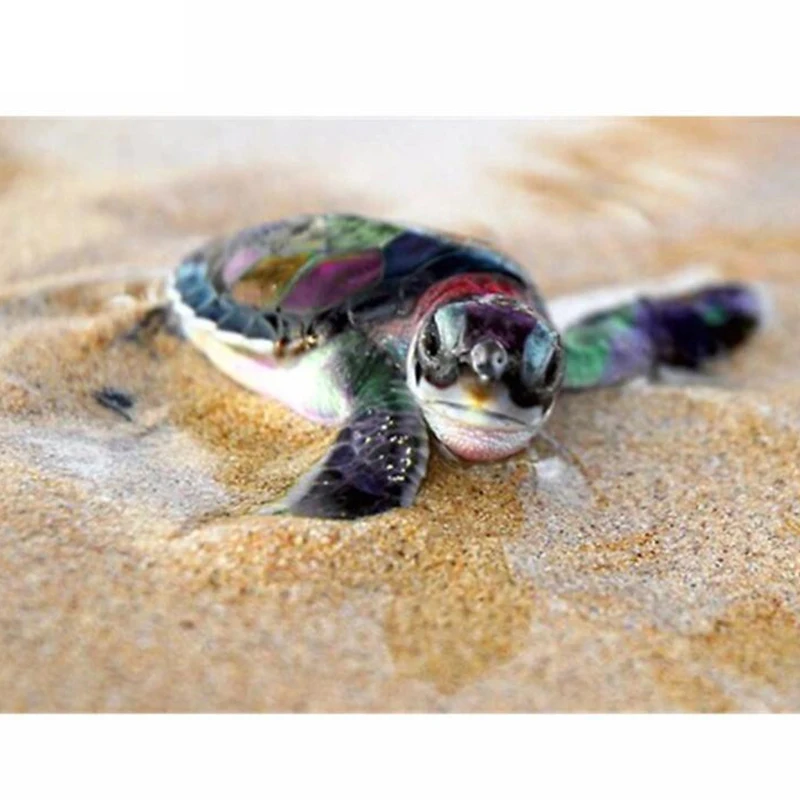
- If you just want a plant “look,” use plastic plants.
Summary
Fortunately, all subspecies populations of the painted turtle are not at risk of extinction and are not the subject of any conservation actions. Many people consider the painted turtle the most attractive turtle making them popular as a pet.
ATSHQ: American Tarantula & Animals
Helping You Find What American Animals Like To Eat Most!
SearchTarantula Spiders
Pets | Tarantula
ByAmerican Tarantula & Animals
It is estimated that 3%-15% of all people have arachnophobia, irrational fear of spiders and other arachnids. So, you don’t have to think you are weird for feeling uncomfortable at the mere thought
Tarantula
ByAmerican Tarantula & Animals
Do exotic animals fascinate you? Are you considering bringing a cobalt blue tarantula home? These giant spiders are popular pet choices. But you must understand their temperament, mating habits, diet,
Tarantula
ByAmerican Tarantula & Animals
Few arachnids are as stunning as the Brazilian Jewel tarantula. With its vibrant colors and mild temperament, it is an excellent choice if you want to keep a calm spider
With its vibrant colors and mild temperament, it is an excellent choice if you want to keep a calm spider
Tarantula
ByAmerican Tarantula & Animals
Colorful, active, and friendly are some of the distinct qualities that make the Green Bottle Blue tarantula such an attractive and interesting species. This tarantula is excellent for beginners. But,
Tarantula
ByAmerican Tarantula & Animals
The Singapore Blue tarantula has a lot going for itself. It boasts a comparably large leg span, and its iridescent blue color gives it an attractive glow. But, like all
Tarantula
ByAmerican Tarantula & Animals
The Brazilian Black tarantula is a simple arachnid with an inherently low-key sophistication. With its solid Black, almost velvety body, it grows and moves slowly, with grace; it has nothing
Wild Animals
Wild Animals
ByAmerican Tarantula & Animals
If you’ve walked alongside a pond or wetlands recently, you’ve probably come across the bullfrog.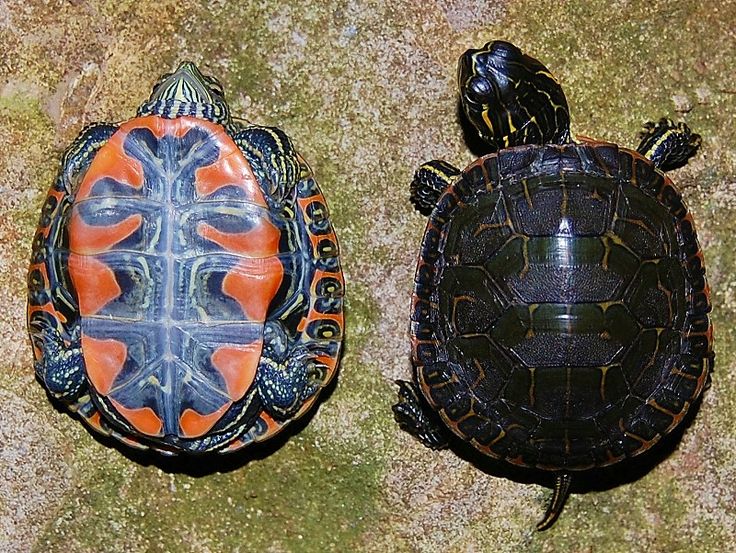 Known for their appearance, unique style of movement, and the sounds they make, these amphibians play a vital role in
Known for their appearance, unique style of movement, and the sounds they make, these amphibians play a vital role in
Wild Animals
ByAmerican Tarantula & Animals
Orangutans are a beautiful species that have captivated millions around the world with their beauty and brightly coloured fur. Many name them as being their favourite animal, but you may
Wild Animals
ByAmerican Tarantula & Animals
Elephant seals are unique animals that often feature in nature documentaries and zoos around the world. Many people know of the elephant seal, but their knowledge goes no deeper than
Wild Animals
ByAmerican Tarantula & Animals
If you’ve ever seen the classic cartoon show the Looney Tunes, you might be familiar with a speedy bird that always outruns Wile E. Coyote. While the antics were for
Wild Animals
ByAmerican Tarantula & Animals
When we talk about carnivore animals, most people get more or less the same image flashing behind their eyes almost immediately – that of a large wild cat or a
Wild Animals
ByAmerican Tarantula & Animals
Having a lizard for a pet feels strange to a lot of people but if you’ve ever done it before, you know how adorable, rewarding, and easily manageable these animals
Pets Diet
Pets
ByAmerican Tarantula & Animals
Superworms are the larvae stage of the darkling beetle species. Even if they aren’t the prettiest of creatures, they are some of the most useful worms to keep. But contrary
Even if they aren’t the prettiest of creatures, they are some of the most useful worms to keep. But contrary
Pets
ByAmerican Tarantula & Animals
Having a red-eared slider turtle as a pet can be a lot of fun. But caring for this little creature may be harder than you think. You need to provide
Pets
ByAmerican Tarantula & Animals
Ghost shrimps are the most popular aquarium animals also known as glass shrimp or grass shrimp. They are quite adorable and inexpensive to keep. Most people purchase them to serve
Pets
ByAmerican Tarantula & Animals
Wrens are small, cute, and plump-shaped birds that will surely fascinate you at first appearance. They are popular for singing without holding back. Do you like waking up and sleeping
Pests Guides
Pests
ByAmerican Tarantula & Animals
Do you have voles around you? Have you ever wondered what they eat to keep fit at all times? Have you ever wondered about their habitat, eating habits, life span,
Pests
ByAmerican Tarantula & Animals
Pill bugs go by many names.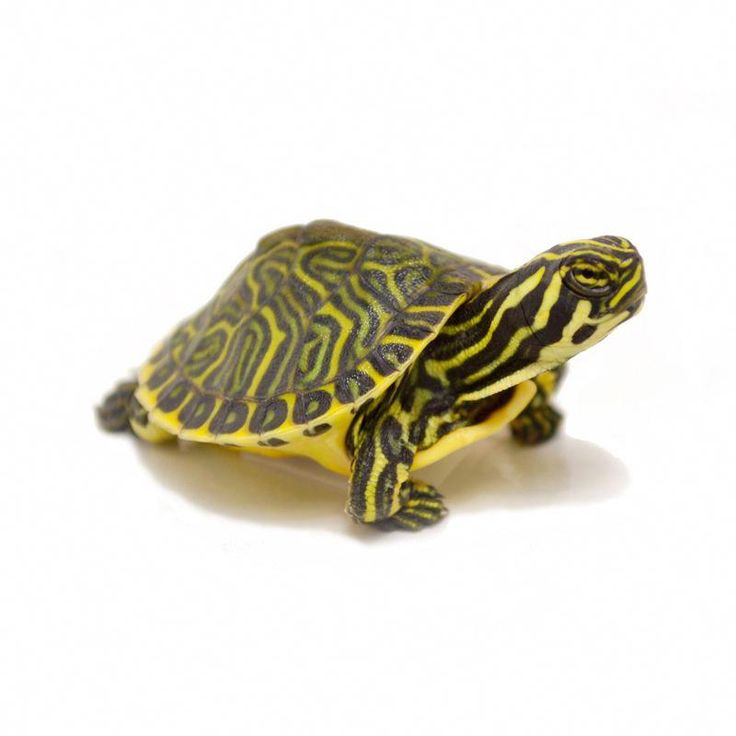 A roly-poly is a name for some while others know them as woodlice, armadillo bugs, potato bugs, policies, and even tiggy-hogs. If you’re out
A roly-poly is a name for some while others know them as woodlice, armadillo bugs, potato bugs, policies, and even tiggy-hogs. If you’re out
Pests
ByAmerican Tarantula & Animals
If you’ve ever found a swarm of gnats in your home, you might be wondering why they’ve arrived. Most gnats move to find a food source and lay eggs, so
Pests
ByAmerican Tarantula & Animals
According to a study from the Journal of Food Protection, fruit flies are responsible for many foodborne illnesses. So, what are the ways we can do to get rid of
Pests
ByAmerican Tarantula & Animals
Termites, one of the most common types of pests, are known as the “silent destroyers”, because of their ability to chew through wood undetected. But eating wood is not the
Pests | Wild Animals
ByAmerican Tarantula & Animals
Newts are a semi-aquatic species of salamander that resemble a cross between a frog and a lizard.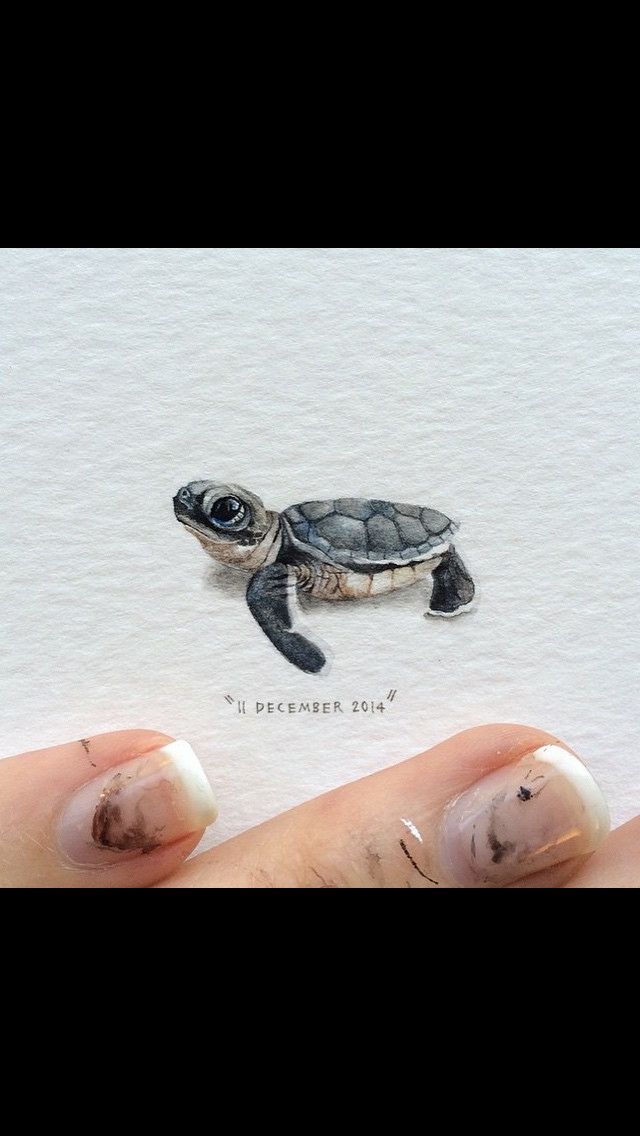 These amphibians look like frogs with their moist, silky skin, but have a
These amphibians look like frogs with their moist, silky skin, but have a
You found a turtle. What to do? - Turtles.ru
In Moscow and other cities, cases of finding turtles on the street, near roads, etc. have become more frequent. You found a turtle - what to do next?
1. South of Russia, foreign south
1.1 Local tortoise (marsh, Caspian)
Where does it come from? If you find an aquatic turtle (marsh, Caspian) in the south of Russia, then most likely the turtle lives in this region.
What to do? Check if the turtle is healthy - if there are any injuries. If there are injuries, contact your local veterinarian-herpetologist with the turtle. If there are no injuries, then you need to find the nearest clean body of water, near which there are no people and fishermen, and release the turtle there. If you know nearby water bodies where this type of turtle is definitely found, then it is better to release the turtle to its relatives.
1.2. Non-native tortoise (red-eared, Central Asian, geographic, etc.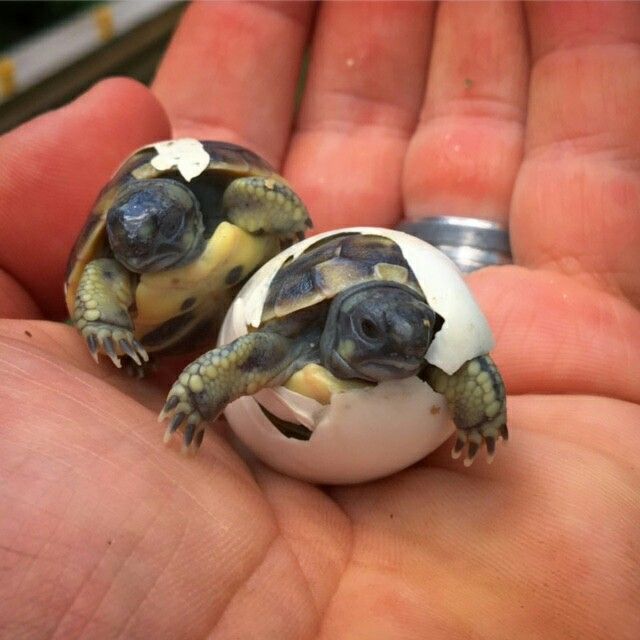 )
)
Where does it come from? If you find a tortoise, red-eared or other tortoise in the south of Russia and you are sure that such tortoises are not found in this region, then most likely it was thrown out or lost.
What to do? Take the turtle home and either keep it or put it in good hands (post flyers around the area or put them on our Board). If you have found a turtle abroad, then it is better not to try to bring it to your country, especially by plane without issuing documents for it, just give it to the locals who inspire confidence in you.
2. North of Russia, Moscow, St. Petersburg, Yekaterinburg, etc.
2.1. Red-eared turtle
Where does it come from? 90% - thrown away, 10% - lost. These turtles are tropical and in winter they often die in open water.
What to do? Due to the fact that the number of abandoned red-eared turtles is too large, and there are too few places for overexposure, we are ready to accept only turtles up to 7-8 cm long for overexposure and accommodation. You will have to accommodate larger turtles yourself. How to do it? Place an ad on the bulletin board of this site, leave ads on Bulletin Boards, LiveJournal, other forums about animals, try to suggest to friends and acquaintances. As a last resort (departure, not being able to keep a turtle anymore), check out the following list of places with turtles.
You will have to accommodate larger turtles yourself. How to do it? Place an ad on the bulletin board of this site, leave ads on Bulletin Boards, LiveJournal, other forums about animals, try to suggest to friends and acquaintances. As a last resort (departure, not being able to keep a turtle anymore), check out the following list of places with turtles.
The Turtle Help Team can help you treat your turtle if you're having financial or other difficulties, but you'll have to take it back after the treatment.
2.2. Central Asian
Where is it from? These turtles are most likely lost by their owners on a walk.
What to do? Our HRC will take the Central Asian tortoises from you, cure them if necessary, and place them in good hands (Moscow, St. Petersburg, some other cities). However, if the turtle looks healthy, you can do it yourself through the Bulletin Board. Now there are quite a lot of people who want to have Central Asian turtles, but give them only to equipped terrariums, and not to outdoor content. How to check? Ask to send you a photo of the terrarium along with its owner, the terrarium should contain an ultraviolet lamp for reptiles, vitamins and calcium powder for reptiles.
How to check? Ask to send you a photo of the terrarium along with its owner, the terrarium should contain an ultraviolet lamp for reptiles, vitamins and calcium powder for reptiles.
2.3. Bog Turtle
Where is it from? Bog turtles were brought by "kind" people from Astrakhan and other places where they are found, and then released into water bodies on the street. Turtles took root, so now they even live there.
What to do? If you found it in the country, then release it into a fish pond. If you have already brought it with you to Moscow or to your hometown, then please contact us. We can also easily pick up a bog turtle of any size from you, as these turtles overwinter quite well in ponds with fish, in particular in the MosZoo pond or in country ponds. Further, if necessary, we cure the turtle, and either give it to good hands for those who wish, or release it into a heated pond with fish, where the turtles also winter well.
2.4. Another tortoise
Exotic species are also rarely found on the street.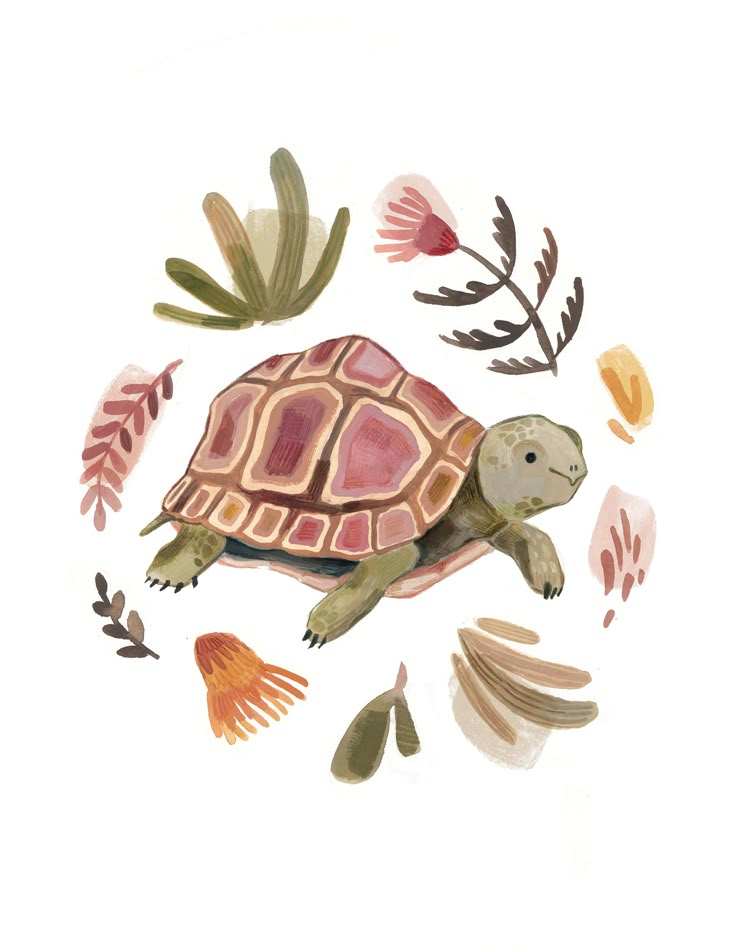 Such a turtle, especially if it turns out to be healthy, will not only be taken from you, but possibly bought. If you do not want to mess with it, then you can give it to the HRC and we will try to attach it.
Such a turtle, especially if it turns out to be healthy, will not only be taken from you, but possibly bought. If you do not want to mess with it, then you can give it to the HRC and we will try to attach it.
Ukraine:
1.1 Local tortoise (marsh)
If you find an aquatic tortoise (marsh), then most likely the tortoise lives in this region. Check if the turtle is healthy - if there are any injuries. If there are injuries, contact the local members of the HRC with the turtle, if they are in your city (see the topic of the HRC in this section). If there are no injuries, then you need to find the nearest clean body of water, near which there are no people and fishermen, and release the turtle there. If you know nearby water bodies where this type of turtle is definitely found, then it is better to release the turtle to its relatives. If you find a turtle in a densely populated area, take it away or contact the forum here for advice, they will tell you where it is best to release it.
1.2. Non-native tortoise (red-eared, Central Asian, geographic, etc.)
If you find a land, red-eared or other tortoise in Ukraine, please note that they are not found here. The exception is the Crimea, where Mediterranean turtles can be found in small numbers, but in reality there are almost none. Take the turtle home and either keep it or put it in good hands (post flyers around the area or put them on our board). Most likely the turtle was lost or thrown away.
First steps with the found turtle
1. The found turtle is most likely dehydrated, so put it in a basin of lukewarm water so that the water level is up to the turtle's head. Keep it like that for at least a couple of hours.
If the shell and paws of the turtle are dirty, they should be washed under running, slightly warm water using a soft sponge. If necessary - baby soap (without getting into the turtle's mouth and eyes).
2. Determine the type of turtle and whether it is land or aquatic.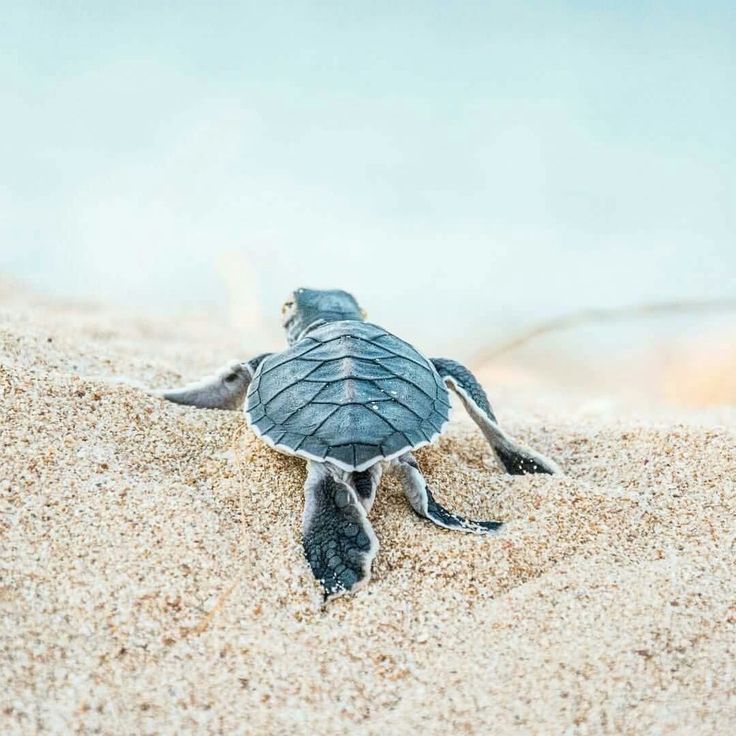 In any case - place an ad in this section, we will prompt you.
In any case - place an ad in this section, we will prompt you.
3. Dwelling.
3.1 Land. To begin with, a plastic container with a high rim, in which you need to lay white paper, is suitable. This is important to check if the turtle goes to the toilet and if it has worms. Above the container at a height of 20-25 cm, hang a 40 W incandescent lamp on a clothespin. It should burn daylight hours, i.e. from morning to evening. Don't expose the container to direct sunlight unless you can provide shade for the turtle.
3.2. Water. To begin with, a plastic container with a high rim is suitable, into which you need to pour warm water from the tap (if the turtle does not have shell injuries). Make the water level just above the tortoise shell in its supine state. Above the container at a height of 20-25 cm, hang a 40 W incandescent lamp on a clothespin. It should burn daylight hours, i.e. from morning to evening. Don't expose the container to direct sunlight unless you can provide shade for the turtle.
4. Med. help.
Examine the turtle carefully. Check for shell or skin injuries, bleeding, open eyes, broken limbs, hard shell.
If bleeding occurs during injuries to the shell or skin, wipe the wound with hydrogen peroxide, and after stopping the blood, smear with brilliant green (not iodine or alcohol!) And then for better healing - healing cream (Boro Plus, Solcoseryl, Baneocin ...). If the wounds are deep - pour hydrogen peroxide and take to the veterinarian. If there is no veterinarian, create a topic on the forum to clarify the actions.
5. Feeding.
5.1 Land. Feed the first week daily, because. the turtle could starve, then - every other day. Food - a mixture of lettuce, greens (dandelions, plantain, clover), vegetables and fruits - finely chopped, mix, put in a bowl in a container for a turtle.
5.2. Water. Feed the first week daily, because. the turtle could starve, then - every other day. Aquatic turtles only eat in the water. Food - lean fish cut into pieces, shrimp with or without shell, beef liver, seafood (mussels), lettuce, dandelions (as an addition to animal feed).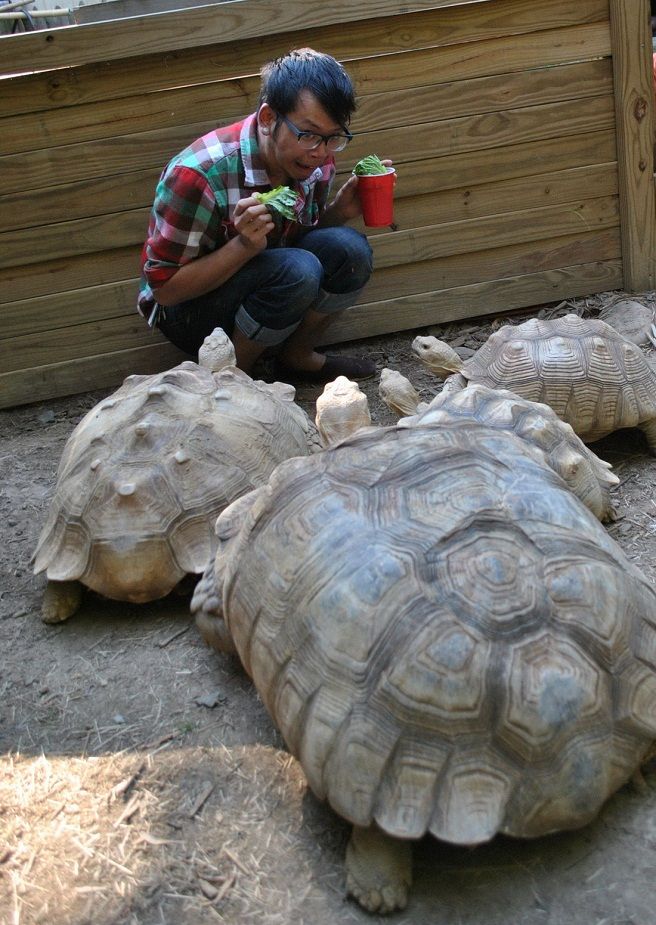 All food should be raw and at room temperature.
All food should be raw and at room temperature.
6. Transportation
All turtles other than fully aquatic turtles (eg Trionyx) must be transported in a dry box, including red-eared and bog turtles.
6.1 In summer. In warm weather, at a temperature of more than 20 C, turtles are transferred in a box with ventilation holes with sawdust, cloth or napkins at the bottom.
6.2 In winter. In cold weather, at temperatures below 20 ° C, turtles are carried in a rag in the bosom under a jacket or coat or in a box with a heating pad (water or salt).
How to feed bog turtles at home, feeding rules
Turtle is an ideal pet for many people. Takes up little space, quiet, calm, does not shed, does not cause allergies. She doesn't need to be taken for a walk. The bog turtle is an unpretentious amphibian. She spends most of her time on land, and in the water she fulfills her natural needs - to swim and eat.
Despite the fact that the turtle is unpretentious in food, its owners need to know how to properly feed the river dweller.
Contents
- 1 Feeding Rules
- 2 Basic Reptile Diet
- 3 Types of Food
- 4 Feeding Features
- 5 Feeding the Bog Turtle — Video
Feeding Rules
Young turtles are fed every day. Adults need to feed 2-3 times a week. Each owner should choose the portion size for her independently, taking into account the pet's appetite. Babies are usually given 2-3 pieces of fish or meat 1 cm in size. Adults are given larger cubes, about 2-3 cm each. It must be remembered that the bog turtle can only be fed wet food at room temperature.
Reptile basic diet
The bog turtle is a predatory animal. In its natural habitat, it eats fish, small frogs, mollusks, wood lice, worms, insect larvae. She also feasts on coastal and aquatic plants. Dry food is not suitable for her. Such reptiles need live or frozen food. The main food for turtles is fish. It is better to give her small live fish, which can be immediately put into the aquarium.
In captivity, the turtle is fed lean fish, shrimp, earthworms, squid. Adult reptiles need plant foods, so cabbage, lettuce, dandelions, and duckweed can be added to the animal's diet.
Turtle's weekly diet should consist of 70% fish, 20% meat . The remaining 10% should include shellfish, snails, insects and plant foods. With this diet, the turtle will be full and healthy.
Types of feed
The main dish in the bog turtle diet is fish . You can buy a variety of fish for her. The main thing is that it should not be too oily. In the diet of reptiles should be gobies, pollock, cod, hake. Fish can be either fresh or frozen, but it should not be cold.
You can feed the turtle with meat. The insides are perfect for her - beef and chicken heart, liver, stomachs. However, white meat should not be given to a swamp resident. She can be pampered with insects and crustaceans. She will not refuse daphnia crustaceans, earthworms, bloodworms, wood lice, all kinds of beetles, grasshoppers, locusts without legs. The reptile will happily eat freshwater snails, frogs, tadpoles, shrimp and squid.
Turtles need vitamins and minerals for normal growth and development. Calcium should be added to the reptile's food, which plays an important role in the formation of a hard shell. Soft shell indicates its deficiency or a serious illness of your pet. If the turtle's diet is varied and balanced, mineral supplements will not be needed. It is very important to give turtles fish with entrails and bones, snails. They serve as a source of calcium for them. In order to avoid its deficiency, they need an ultraviolet lamp and a mineral block neutralizer.
Feeding considerations
Bog turtles are highly intelligent creatures. Their intelligence is much higher than that of the land. They are teachable. Teaching a reptile to take food from tweezers is very easy. If you give her food on tweezers, then she will pull her head out of the water and grab food. She will take food when she is out of the water. At the same time, he will go to swallow it in the water. With this feeding, the water in the aquarium will remain clean.
With proper care of the reptile, it will develop a conditioned reflex when the owner appears. She will pull her head out of the water when she sees him. You can teach it to a certain time. Then she will recognize the owner, and crawl out to meet him.
The bog turtle has a good appetite. She can only eat in water. She loves hunting, so she will not refuse whole insects and live fish. The animal will happily tear the food with its claws and eat it.
If you throw food into the water, it will quickly become dirty and spoiled. When feeding, it is better to transplant an aquatic resident into a shallow basin of water. In order for food to be well absorbed in the stomach of an amphibian, the temperature of the water in the pelvis should be in the range of 32-34 degrees. When the turtle is full and wants to leave the water, it should be transplanted to land.

